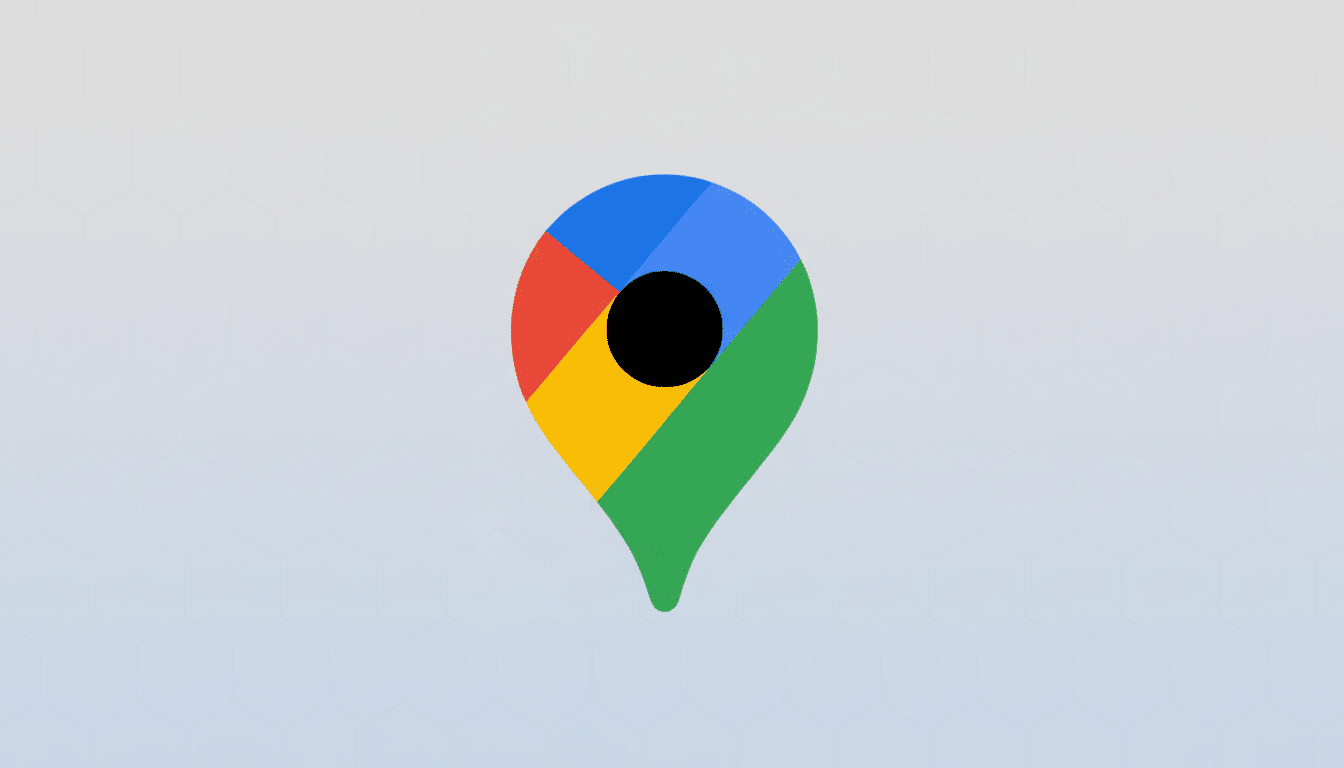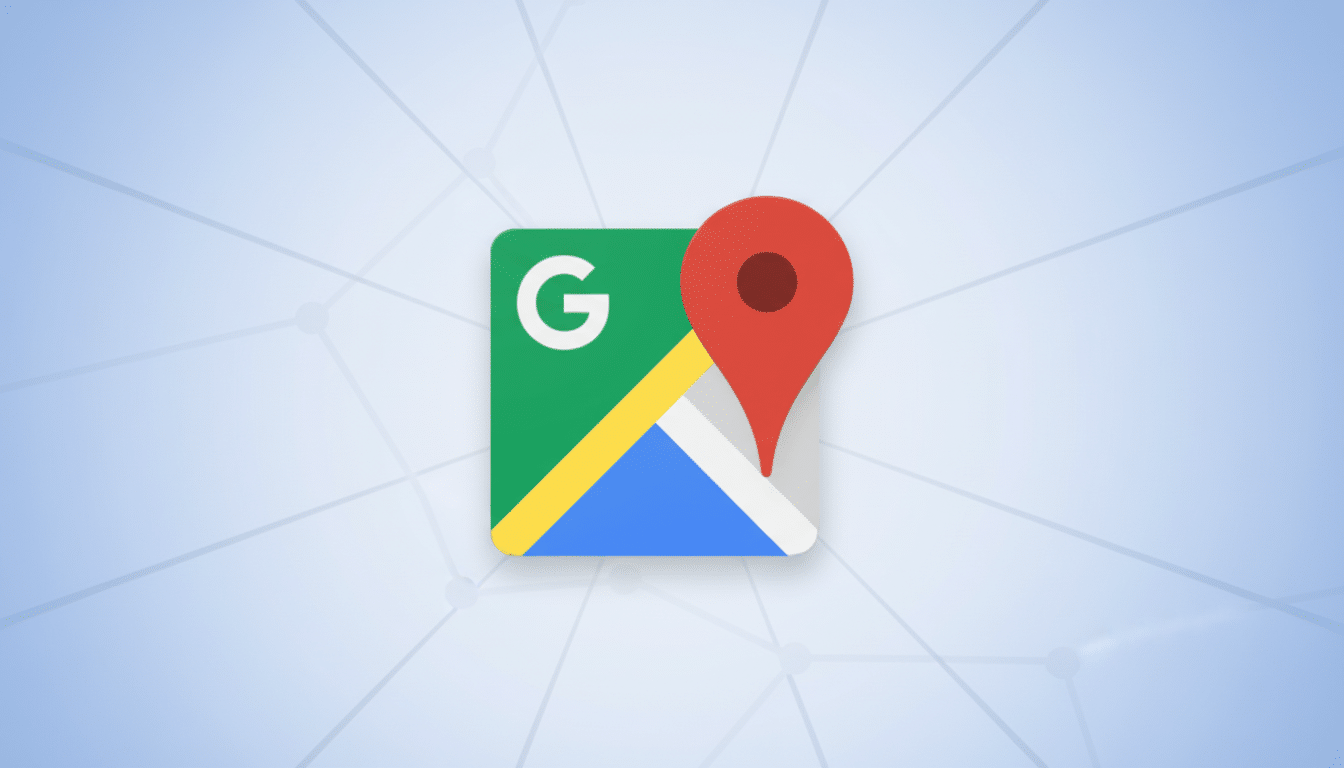Google is introducing a new live lane guidance feature for cars with Google built-in, which uses your vehicle’s front-facing camera along with onboard AI to figure out what lane you’re in and give you real-time navigation feedback. The first “production deployment” will appear on the Polestar 4 in the US and Sweden, though Google says you can expect wider availability as it works with more automakers.
How Live Lane Guidance Works in Google Maps for Cars
Whereas typical lane guidance is based solely on map data that essentially provides generic messages like “keep left” or “use the two right lanes,” the new system uses computer vision to read lane markings and road signs in real time. By combining that visual context with Maps’ routing and geometry data, it can infer your lane position more precisely and suggest a maneuver early on.

At its core, the approach is a simplified version of lane-level localization. The AI processes paint patterns on the road, arrows and overhead signs filmed by the camera to align that flow with a digital map. If you’re stuck in a left lane as an exit looms on the right, Maps can increase visual and audio prompts long before the interchange, so that you won’t have to perform last-second cutovers.
Where Live Lane Guidance Launches First and When
They’re also the first to get live lane guidance in the Google Maps app pre-installed with Google built-in, the automaker’s native infotainment platform powered by Android Automotive OS. Google says that the feature will be hitting further cars and types of roads in time, as it continues to work on perfecting its technology and securing deeper integrations with partners.
Brands that have already signed up for Google built-in include Volvo, Honda, Renault and GM’s next-generation infotainment platform.
This could mean the offering is on relatively run-out wheels for scaling. Rollout begins in the months ahead, depending on the model and market, based on how thoroughly each automaker has integrated this feature of camera access.
Why Live Lane Guidance Matters Most on Real Roads
Lane-level information should be most useful in complex interchanges, braided ramps and corridors with managed lanes where a single wrong turn can add miles to a trip. Imagine multilane toll roads, reversible express lanes or an urban arterial where turn-only pockets vanish fast. If the prompts are clear and early-onset, lane-specific signals can be stress-mitigated and merging behavior smoothed for all around you.

For drivers who are used to smartphone navigation, it marks a big step toward context-aware guidance akin to how a savvy local would guide you: not just where to go, but which lane to stay in and when to change lanes. It also augments present-day automated driving systems by disambiguating the human navigation task from vehicle control, without taking away from existing advanced driver assistance systems.
Privacy and Safety Considerations for Camera-Based Guidance
The feature works by making use of the car’s forward camera, typically employed for driver-assistance functions such as lane keeping and sign detection. Google hasn’t broken down data retention or explained whether processing is done strictly on-device, an important thing to note as authorities and consumer advocates pay close attention to in-cabin and external camera operations. Automakers often process visual data on board for speed and privacy, though practices can vary by brand.
Live lane guidance never steers the car or changes lanes for you. It’s still a navigation tool, not an automated driving feature. Drivers retain full responsibility for general and specific situational awareness, as well as local traffic laws and limitations of bus lanes, HOV lanes, etc.
How It Compares to Rivals and What’s Next for Availability
Apple Maps and many in-dash systems already tell you which lane to take at intersections, but they don’t usually place you precisely in that lane using the car’s camera feed. With the help of live visual context, Google’s method can provide prompts sooner and in more detail — particularly in spots where lane markers and signs differ from what the base map anticipates.
Look for rapid iteration once more models are online. Broader support probably depends on two things: more consistent camera-access frameworks in Android Automotive OS, and higher-resolution map layers annotated with lane-level topology and restrictions. As partners plug in data and validation, the system should become more reliable in bad weather, night driving and work zones, where temporary markings and signage confound both humans and machines.
The benchmark will be set for now by Polestar 4 drivers in the initial markets. If the execution lives up to the promise, live lane guidance could almost become a native navigation default expectation — one of those rare upgrades that ease frustration without asking drivers to overhaul their behaviors.

